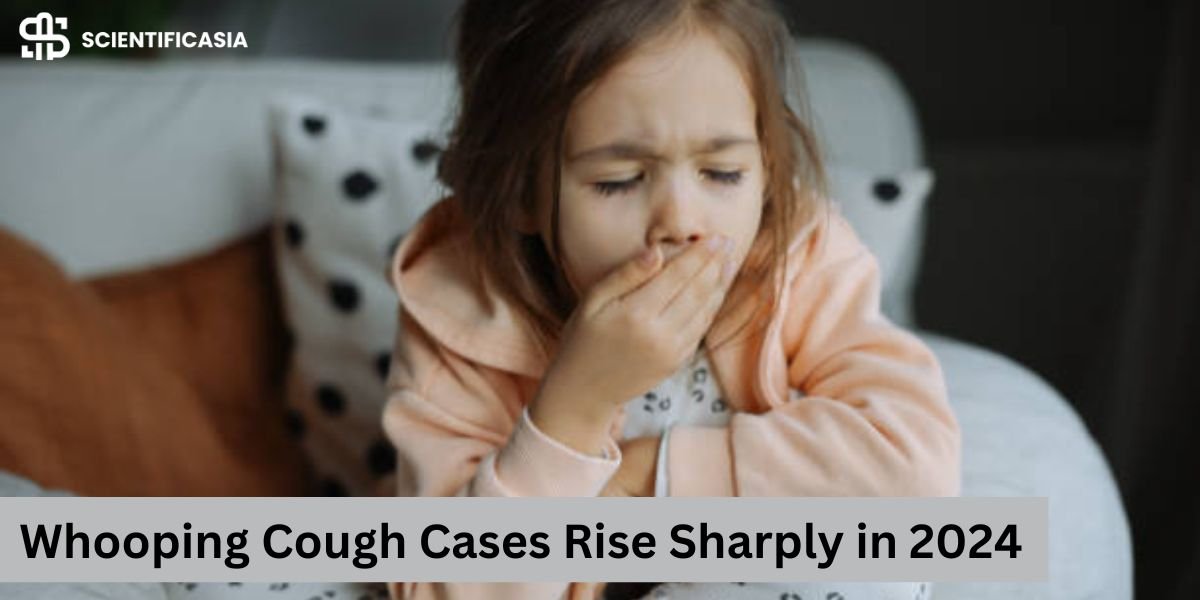The Centers for Disease Control and Prevention (CDC) announced that cases of whooping cough have gone up a lot this year, but they are still similar to the levels before the COVID-19 pandemic.
As of October 5, there have been 17,579 reported cases of whooping cough in the United States, which is more than five times higher than the same time in 2023 when there were only 3,962 cases.
Whooping cough, also called pertussis, is caused by a bacteria called Bordetella pertussis, according to the CDC. Babies under one year old are at the highest risk of getting whooping cough and becoming very sick because their immune systems are not fully developed. This age group still has the most reported cases of pertussis.
Earlier in the year, some states and local health departments warned about the increase in cases, leading to the CDC’s recent update.
Is There a Vaccine for Whooping Cough?
Yes, there is a vaccine to prevent whooping cough, and it is recommended for people of all ages. However, the CDC says that the protection from the vaccine fades over time, so even vaccinated people might still catch the disease.
What Are the Symptoms?
It usually takes 5–10 days for whooping cough symptoms to appear after being exposed to the bacteria, but it can sometimes take up to three weeks. At first, it might seem like a common cold, so doctors often don’t recognize it until it gets worse.
Early symptoms include:
- A stuffy or runny nose
- A mild fever (less than 100.4°F)
- A mild cough that comes and goes
For babies, it can be more dangerous, causing breathing problems or pauses in breathing, which may cause their skin to turn blue.
Later symptoms can include:
- Severe coughing fits that come on suddenly and uncontrollably
- These coughing fits can last from one to six weeks, sometimes even up to 10 weeks
- Some people may vomit after coughing or make a “whooping” sound when they breathe in
- In some cases, people may break a rib from coughing so hard
Teens and adults usually have less serious complications, but they can still get pneumonia or need hospital care if their symptoms get worse.
History of Whooping Cough
Whooping cough cases started increasing in the 1980s and peaked in 2012, with 48,277 cases reported. Before the COVID-19 pandemic, the number of cases remained high. After the pandemic, cases dropped, likely because of things like mask-wearing and remote learning, but now, the number of cases is rising again.
According to the CDC, reasons for this increase could include:
- More doctors identifying and diagnosing whooping cough
- Better access to lab tests
- Improved communication with public health agencies
- Decreasing immunity from the vaccine over time











